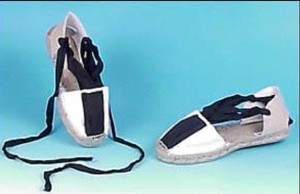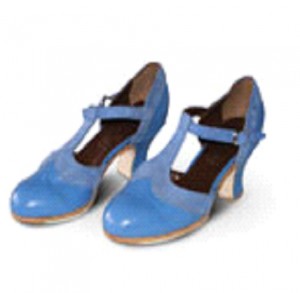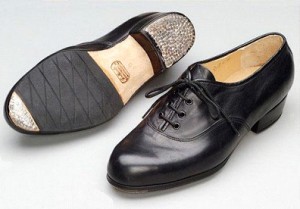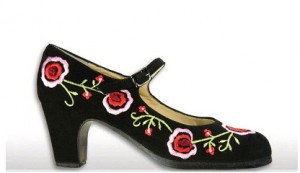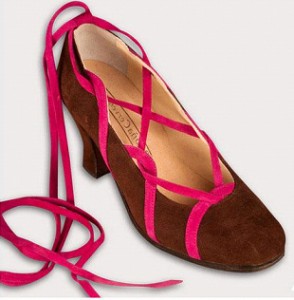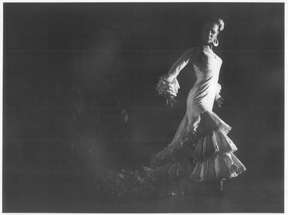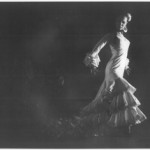Basic Castanet and Movement Technique Volume 1
JoDe Romano
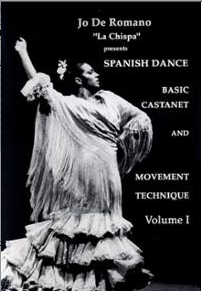 In this thirty-five minute instructional DVD, New York City-based teacher and choreographer JoDe Romano walks the beginning student through a series of six castanet exercises. She begins with simple instructions for putting on and adjusting the castanets, then moves on to finger exercises, and eventually incorporates arm, head, and leg movements. Each new element is added systematically, with emphasis on slow repetition and daily practice to develop strength and accuracy.
In this thirty-five minute instructional DVD, New York City-based teacher and choreographer JoDe Romano walks the beginning student through a series of six castanet exercises. She begins with simple instructions for putting on and adjusting the castanets, then moves on to finger exercises, and eventually incorporates arm, head, and leg movements. Each new element is added systematically, with emphasis on slow repetition and daily practice to develop strength and accuracy.
Romano’s verbal directions are clear and easy to follow, and each exercise is shown from the front and back. Her demonstrations cleanly show the technique for each combination, and she provides an inspiring example of the strength, passion, and power of Spanish dance.
This DVD is a useful tool for beginners of any age, or any dancer looking for a better understanding of the basics of Spanish castanet movement. Basic Castanet and Movement Technique is the first of a two-part series. Both DVDs can be purchased on Romano’s website, www.flamencoromano.com.





